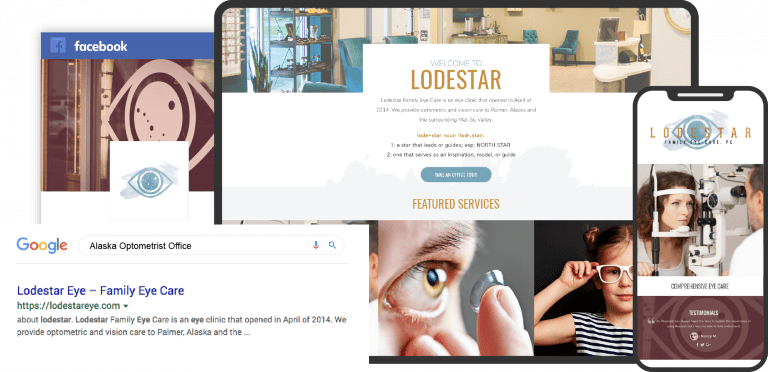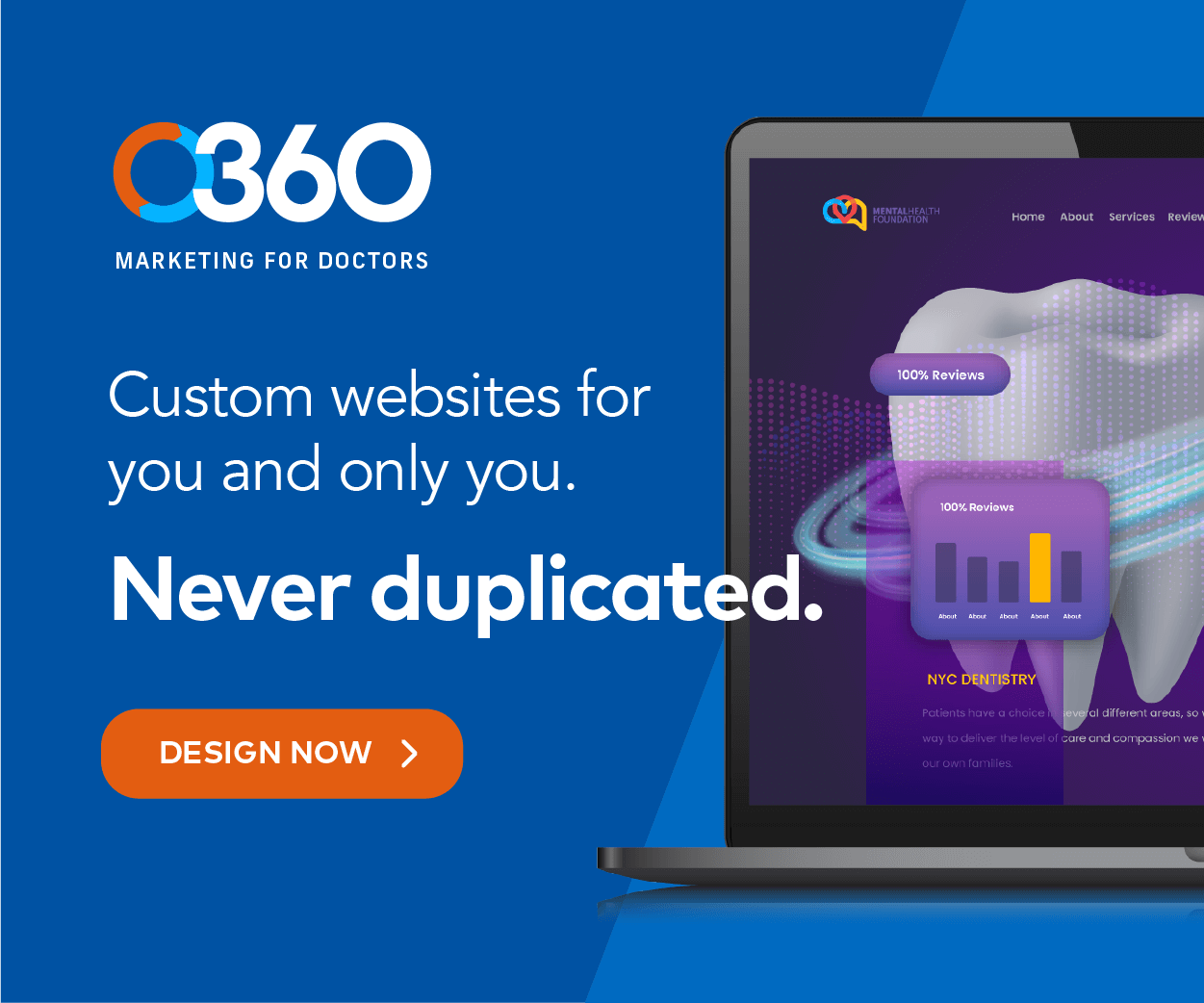As a healthcare marketing consultant with over 15 years of experience helping medical practices, clinics, and healthcare technology companies grow, I’ve learned to ask myself some key questions when developing marketing plans. Keeping these simple but critical questions in mind helps ensure my clients’ marketing efforts align with their business goals and resonate with their target audience.
In this article, I’ll share the top marketing questions I regularly revisit when working with healthcare clients on their promotional campaigns and content strategies. Whether you run a private practice, clinic, home health agency, or other healthcare venture, you can use these questions as a litmus test to keep your marketing focused.
Defining Your Target Audience
Who exactly are you trying to reach? This is marketing question number one. Your messages will seem fragmented and disjointed without a clear target audience definition.
Start by asking yourself:
- Who needs my services?
- What health conditions or concerns do they have?
- What is their age range and gender?
- Where do they live?
- What is their average income level?
Really dig into the demographic and psychographic profile of the people you most want to help. Create an ideal patient or customer avatar that captures their hopes, fears, and desires related to their health.
Knowing your target audience inside and out will allow you to craft marketing content that resonates. You’ll understand what messaging and tone will appeal to them.
Clarifying Your Value Proposition
Once you know who you want to reach, the next question is, what do you want them to know? What makes your healthcare business or services unique and worth their time and money?
Some key sub-questions here include:
- What core value do I provide?
- How does my offering improve health outcomes?
- What problems or pain points does my business solve?
- Why should customers choose me over competitors?
Craft a clear value proposition statement summarizing what your company does, why it matters, and what makes it different. This will give you a North Star to reference as you create campaigns, social media posts, and website copy.
A full guide to designing a medical website
Choose Channels That Reach Your Audience
There are endless marketing channels today – Google ads, social media platforms, email, events, TV, podcasts, billboards, and more. It can be overwhelming to know where to focus.
To prune down options, dig into questions like:
- Where does my target audience spend time online?
- What social media platforms and blogs do they frequent?
- Do they listen to health podcasts or read wellness magazines?
- How do they search for local healthcare providers?
List the top 5-10 digital and offline channels where your audience is most active. Then, develop campaigns tailored for each channel, leveraging the unique features of each. For example, a LinkedIn ad can be more text-heavy, while an Instagram story should be visual and succinct.
25 New Ways of Finding New Patients
Defining Your Goals
Healthcare marketing campaigns should always tie back to business goals. Clearly define what you hope to achieve as you plan content and activities.
Ask questions like:
- Do I want to increase new patient bookings by 25% this quarter?
- Is my goal to grow my email list to 10,000 subscribers in 6 months?
- Am I hoping for a 20% boost in revenue from cosmetic services?
Whatever the objectives – more leads, higher sales, greater brand awareness – be as specific as possible with the targets you want to hit. This will allow you to track progress and return on investment from marketing efforts.
Table – Types of Healthcare Marketing Goals
Driving Leads/Bookings Raising Brand Awareness Growing Email Lists
- Boost consultation requests
- Increase call volume
- Drive online appointment bookings
- Get your name out in the community
- Improve reputation
- Increase social media followers
- Offer lead magnets/freebies
- Promote newsletter sign-ups
- Incentivize email capture
Table explaining an example of setting goals and planing for them
| Goal | Tactics | Metrics | Tools |
|---|---|---|---|
| Driving Leads/Bookings | Boost consultation requests – Paid search ads – Landing pages | Lead form submissions – Call tracking data | Google Ads – Unbounce pages |
| Driving Leads/Bookings | Increase call volume – Local SEO optimization – Targeted pay-per-call ads | Call analytics – Keyword rankings | CallRail – SEMrush |
| Driving Leads/Bookings | Drive online appointment bookings – Email campaigns – Social media ads | Online bookings – Click-through-rates | Calendly – Facebook Ads |
| Raising Brand Awareness | Get your name out in the community – Sponsor local events – Networking groups | Mentions and press – Referral traffic | Local newspapers – Meetup.com |
| Raising Brand Awareness | Improve reputation – Patient reviews – Thought leadership content | Online ratings – Domain authority | Yelp – Blogging |
| Raising Brand Awareness | Increase social media followers – Paid ads – Engaging content | Follower growth – Engagement rate | Facebook Ads – Buffer |
| Growing Email Lists | Offer lead magnets/freebies – Coupons – Free consultation | Email signups – Lead magnet downloads | Mailchimp – Landing pages |
| Growing Email Lists | Promote newsletter signups – Website popups – Email call-to-actions | Newsletter subscribers – Open rates | ConvertKit – Drip campaigns |
| Growing Email Lists | Incentivize email capture – Contests and giveaways – Discount codes | Email submission rate – Cost per lead | Rafflecopter – Promo plugins |
Measuring and Monitoring Results
As you execute campaigns across channels, collect data to see what’s working and what’s not. Revisit questions like:
- How many new patient inquiries did this month’s social media ads generate?
- What blog content is driving the most traffic to my website?
- Is my email open rate higher or lower than industry benchmarks?
Regularly evaluate your marketing analytics and key performance indicators (KPIs). Don’t just set it and forget it. Be prepared to shift resources and budgets towards high-performing channels.
Pro Tip: Use UTM parameters to track website traffic sources. Shorten links with campaign tags to see which channels convert.
Fine Tuning Your Messaging
Pay attention to patient feedback and online reviews to spot gaps or opportunities in your messaging. Ask yourself:
- What are the most common questions prospective patients have?
- What concerns or objections often come up?
- Are there certain service offerings I should highlight more?
Keep a running list of FAQs and talking points to work into your campaigns. Address unanswered questions and speak to recurring pain points your audience has.
The healthcare marketing questions above are just a starting point for strategically promoting your business. But consistently revisiting questions about your target audience, competitive differentiators, goal-setting, and performance tracking will keep your marketing focused in the right direction. Avoid generic, spray-and-pray marketing by really honing in on what your specific audience cares about and where they spend time.
Remember – sound marketing stems from a place of empathy and understanding your customers’ needs. Put yourself in their shoes, ask smart questions, and let the answers guide your healthcare content strategy and promotional mix. This will ensure the time and money invested into marketing pays off in the form of more patients, greater visibility, and stronger business growth.















